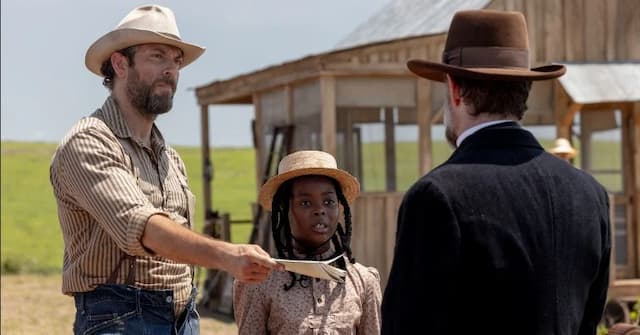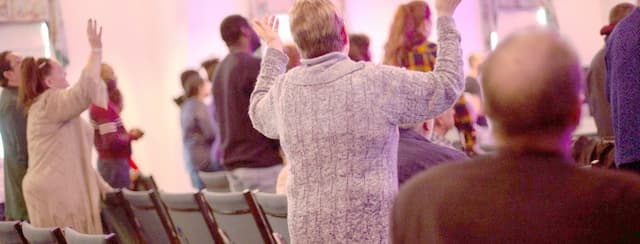The passion (Jerusalem)
We’re about to enter Jerusalem, focusing on the last hours of Jesus’ life.

For months, Jesus planned his final return to Jerusalem (Luke 9:51). He arrived like a king to accolades of the crowd (Matthew 21:1-9 || Mark 11:1-10 || Luke 19:29-38 || John 12:12-15). He entered from the east (across the Kidron Valley coming down from the Mount of Olives). For the crowds, it recalled the time when David himself had returned to Jerusalem to resume his kingship after Absalom’s rebellion (2 Samuel 19:15; 20:2).
Earlier, Jesus had healed a man at the Pool of Bethesda, near the Sheep Gate where sacrificial animals were led into the temple (John 5:2).
Passover was an annual festival celebrating Israel’s birth as a nation (Exodus 12). As Jesus celebrated his final Passover with his disciples, it became a celebration of something new. After the last supper, Jesus led his disciples out to the Garden of Gethsemane to pray. That’s where he was arrested (Matthew 26 || Mark 14 || Luke 22). The olive trees in the garden are old, but they don’t last 2000 years. Take time to pray here if you can.
Pilate could not believe the accusation that Jesus was a dangerous terrorist who threatened the Roman government and planned to become king of the Jews. He mocked Jesus, giving him a purple robe and a crown made of thorns. “Just look at the man!” Pilate cried (John 19:5). He probably meant that Jesus was a pitiable sight, but John thought Jesus was the perfect image of humanity—not with weapons, but suffering at the hands of the bullies in his attempt to bring people back under God’s governance. “Ecce Homo” is Latin for “Behold the man!” John wrote a new creation gospel (John 1:1), and this is the sixth day of the week (John 19:31). Here he is—the image of God, the crowning piece of God’s creation. He is introduced to the world as the picture of what it really means to be human: Ecce Homo!
Some 300 years after Jesus, pilgrims began retracing the final steps to his death. The Via Dolorosa (way of suffering) may not be the actual route, but the significant events of Jesus’ final moments are marked as Stations of the Cross:
- Jesus is condemned to death
- Jesus carries His cross
- Jesus falls the first time
- Jesus meets his mother
- Simon of Cyrene helps Jesus to carry his cross
- Veronica wipes the face of Jesus (not in the Gospels)
- Jesus falls the second time
- Jesus meets the women of Jerusalem
- Jesus falls a third time
- Jesus clothes are taken away
- Jesus is nailed to the cross
- Jesus dies on the cross
- The body of Jesus is taken down from the cross
- Jesus is laid in the tomb
The Church of the Holy Sepulchre is on the traditional site where Jesus’ body was laid after his crucifixion (Matthew 27 || Mark 15 || Luke 23 || John 19).
The resurrection changed everything (Matthew 28 || Mark 16 || Luke 24 || John 20). It’s the first day of a new week (John 20:1, 19). John pictured it as a new creation: the Man standing in the Garden, and the woman who sees him as the gardener (John 20:15). He is the restored human who brings us back into Father’s family (John 20:17). He breathes God’s breath back into humanity again (John 20:22, recalling Genesis 2:7).
Of course, we don’t have Jesus’ tomb, because he’s alive. But the Garden Tomb is an example of a tomb with a stone door. It’s a great place to contemplate how much the resurrection means.
Seeking to understand Jesus in the terms he chose to describe himself: son of man (his identity), and kingdom of God (his mission). Riverview College Dean
View all posts by Allen Browne





